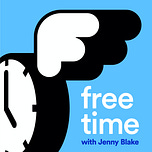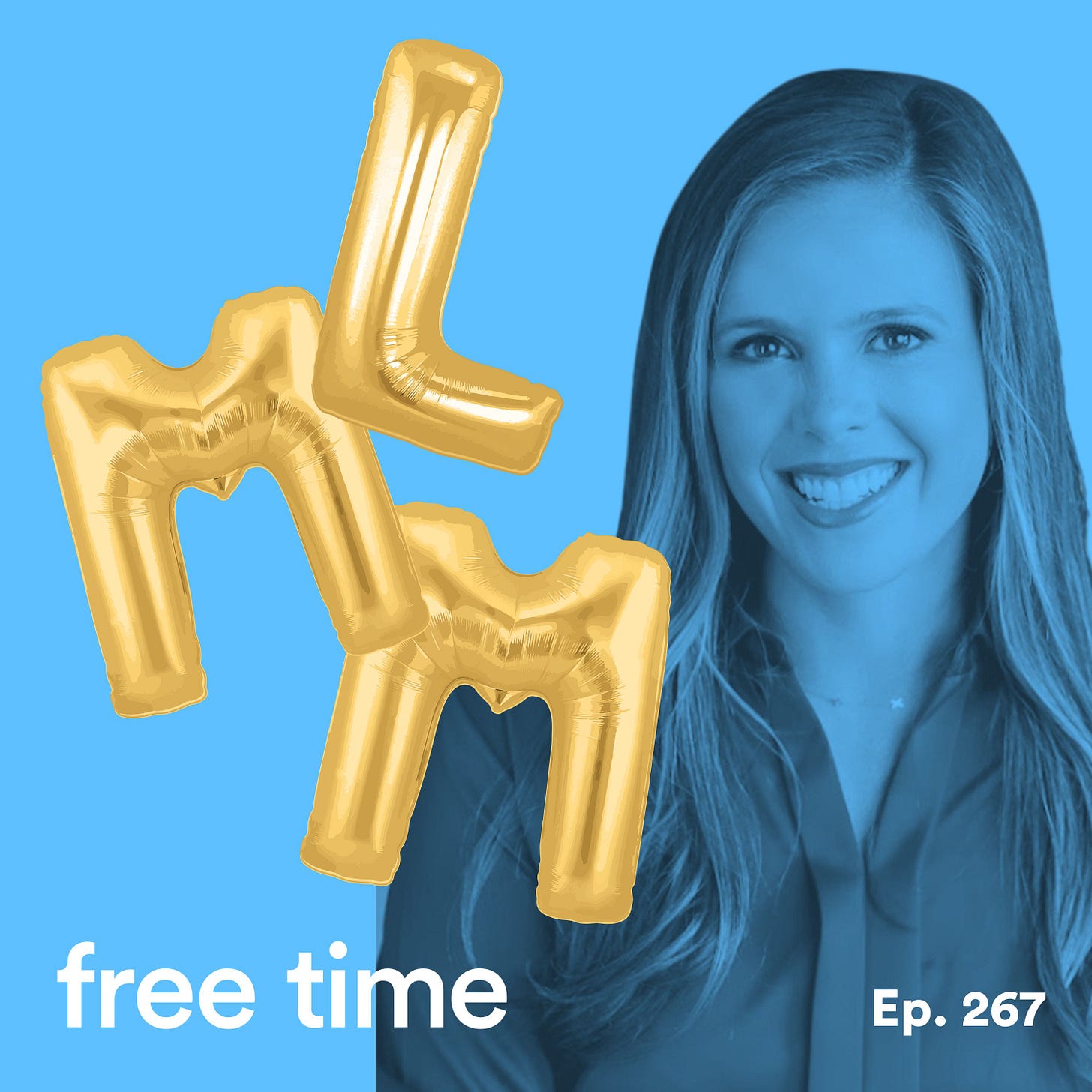Laura Mae Martin has a fascinating role as the Executive Productivity Advisor at Google in the Office of the CEO—one that she helped create six years ago (with big thanks to Jenny Wood for introducing us!). She coaches Google’s top executives on the best ways to manage their time and energy and sends out a weekly productivity newsletter that reaches over fifty thousand employees.
Today we’re talking about her forthcoming book, Uptime: A Practical Guide to Personal Productivity and Wellbeing. We discuss what the most senior-level executives do differently when it comes to time management (and what they still struggle with), five strategies for saying no, taming inbox stress with The Laundry Method, cozy corners, pairing activities with certain locations (hot spots and not spots), and what differentiates truly excellent executive assistants.
More About Laura: During her nearly fourteen-year tenure at Google, Laura Mae Martin has worked in sales, product operations, event planning, and now executive coaching. She holds a bachelor of science in business administration from the University of North Carolina at Chapel Hill and lives in Charlotte, North Carolina, with her husband and three children under five.
🌟 3 Key Takeaways
Laura’s 5 C’s of Productivity: Calm, Create, Capture, Consolidate, Close. Create a system that you truly trust: where new tasks get captured and where you know you will see them again. No matter when or where a loop comes from (i.e. on a walk), ensure you have systems in place for the entire loop lifecycle from capturing to closing.
Five Ways to Say No to Incoming Requests: ask more questions to better understand the time commitment and see if it aligns with your top three priorities; say you’ll think about it or don’t respond right away to buy yourself time and prevent a knee-jerk response; imagine two scenarios playing out for yes and for no (to help you decide); say no, but _______ (send helpful resources); say no, because _______ (give a little context).
The Laundry Method: Think about your inbox the way you think about your dryer. You would never process clothes one item at a time—whether drying, folding or putting away—and yet that’s how many people tackle email. Process in batches instead. Treat sorting, reading, and answering as separate activities. If you have only twenty minutes, pick one of those activities.
📝 Permission
Give yourself plenty of down time in order to have highly productive uptime; drop the guilt! Rest leads to better overall productivity.
✅ Do (or Delegate) This Next
Stop wasting energy points! Eliminate any emails from your inbox that you don’t need to see: the unread, notifications, newsletters (Jenny uses SaneBox for this), and make sure you help the things you need to see stick out.
🔗 Resources Mentioned
Articles: Business Insider—6 tips a productivity advisor gives Google executives to better manage their email, meetings, and workload
Google Blog—5 things I learned from Google’s productivity expert
CNN—She helps Google workers be productive. Here are her pro tips.
Video: Top 3 Google Workspace tips
Apps: SaneBox, TextExpander, HelpScout
📚 Books Mentioned
🎧 Related Episodes
Pivot: 289: Stealing Wi-Fi as Career Strategy with Jenny Wood
307: Pivoting from Google to Launching People Playbook with Tony McGaharan
309: Wayfinding and Developing Identity Agency with Ciela Hartanov
🌟Enjoying the show? The best way to thank us is by leaving a rating or review
✍️ Check out Jenny’s personal business essays on Substack, Rolling in D🤦🏻♀️h
💬 I’d love to hear what’s on your mind! Take the Free Time listener survey
☎️ Submit a voice question or comment: http://itsfreetime.com/ask
🎧 Make sure you’re subscribed wherever you listen to podcasts
📝 Check out full show notes and share with friends!
💌 Subscribe to the Time Well Spent newsletter for access to the Free Time Toolkit












